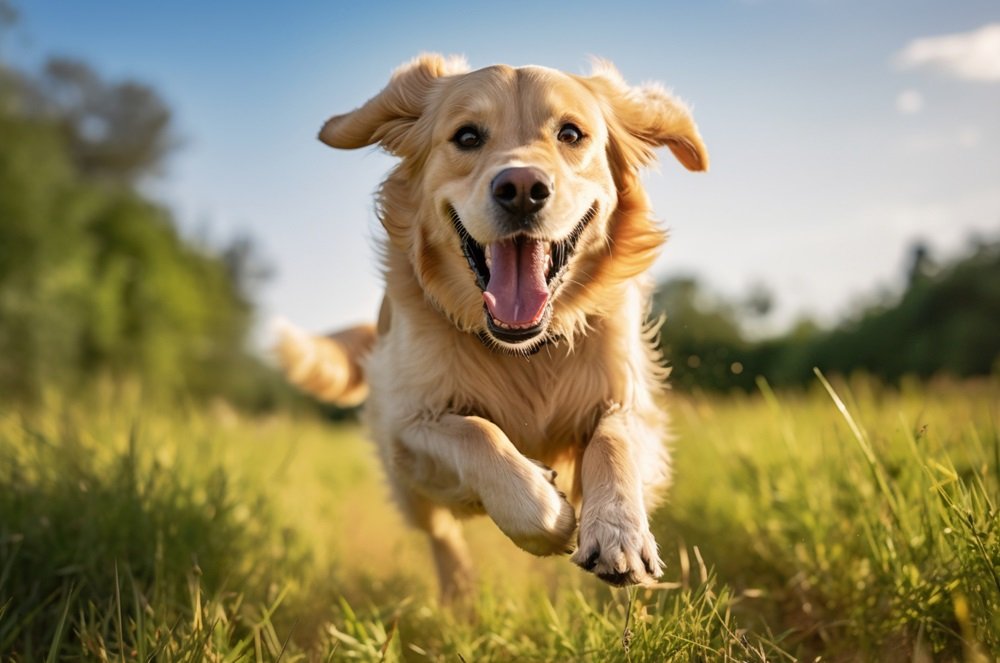Taking your furry friend on car rides should be a safe and enjoyable experience for both of you. A dog car seat provides a secure and comfortable space for your dog, keeping them safe in case of sudden stops or accidents. Proper installation is crucial to ensure your dog’s well-being and the effectiveness of the car seat.
How to Install a Dog Car Seat
This guide will walk you through the steps of installing a dog car seat correctly, maximizing safety and comfort for your canine companion.
Why Use a Dog Car Seat?
Dog car seats offer numerous benefits, including:
- Protection: They restrain your dog in case of sudden braking or collisions, preventing them from becoming a projectile.
- Comfort: Many car seats provide cushioning and support, making long car rides more comfortable for your dog.
- Visibility: Keeping your dog in a designated area can improve your visibility while driving.
- Organization: Some car seats have storage compartments, helping to keep your car tidy.
How To Install A Dog Car Seat
Traveling with your furry friend can be a joy, but ensuring their safety is paramount. A dog car seat provides a secure and comfortable space for your dog during car rides, preventing them from becoming a distraction or a hazard in case of an accident. Installing a dog car seat correctly is crucial for maximizing its effectiveness.
Choosing the Right Dog Car Seat
Before you begin the installation process, it’s essential to select the appropriate dog car seat for your canine companion. Consider the following factors:
Size and Weight
Measure your dog’s height and weight to determine the suitable car seat size. Opt for a seat that provides ample space for your dog to sit or lie comfortably without feeling cramped.
Type of Car Seat
Dog car seats come in various types, including: (See Also: Why Do Dogs Dig The Carpet)
- Booster seats: These elevate your dog to a better vantage point, improving visibility and reducing neck strain.
- Harnesses: These secure your dog to the car seat, preventing them from moving around excessively.
- Crates: These provide a confined and secure space for your dog, especially for larger breeds.
Compatibility with Your Vehicle
Ensure the chosen car seat is compatible with your vehicle’s seat belts and headrests. Check the manufacturer’s instructions for specific compatibility information.
Installation Steps
Once you have the right car seat, follow these steps for proper installation:
Secure the Seat Belt
Position the car seat in the desired location in your vehicle. Thread the seat belt through the designated slots or buckles on the car seat. Ensure the belt is securely fastened and snug.
Adjust the Headrest
If your car seat has a headrest, adjust it to a comfortable height for your dog. The headrest should provide adequate support and prevent your dog from hitting the car’s headliner in case of sudden braking.
Check for Stability
Gently shake the car seat to ensure it is stable and secure. It should not move excessively or slide around.
Harness Your Dog
If your car seat includes a harness, attach it to your dog’s collar or harness. Make sure the harness is properly fitted and secure, allowing your dog to move comfortably but preventing them from jumping out of the seat.
Safety Tips
Remember these safety tips for traveling with your dog in a car seat: (See Also: Why Does My Dog Sniff Me)
Never Leave Your Dog Unattended in a Parked Car
The temperature inside a parked car can rise rapidly, posing a serious risk to your dog’s health.
Take Breaks for Rest and Exercise
Long car rides can be tiring for your dog. Stop every few hours to allow them to stretch their legs, relieve themselves, and have a drink of water.
Keep Your Dog Calm and Relaxed
Speak to your dog in a soothing voice and provide them with a familiar toy or blanket to help them feel comfortable.
Recap
Installing a dog car seat correctly is essential for ensuring your furry friend’s safety during car travel. By choosing the right car seat, following the installation steps carefully, and adhering to safety tips, you can create a secure and comfortable environment for your dog on the road.
Frequently Asked Questions: Dog Car Seat Installation
What types of dog car seats are available?
There are various types of dog car seats, including booster seats, harnesses, crates, and travel carriers. Booster seats elevate your dog for better visibility, harnesses secure them in place, crates provide a confined and safe space, and travel carriers are portable options for smaller dogs.
Where should I install a dog car seat?
The best location for a dog car seat depends on the size and breed of your dog, as well as your vehicle’s layout. Generally, it’s recommended to place the car seat in the back seat, either on the floor or on a raised platform. Avoid placing it in the front seat, especially if you have an airbag, as it could be dangerous in an accident. (See Also: Can Dogs Have Medium Rare Steak)
How do I choose the right size dog car seat?
Measure your dog’s height and weight to determine the appropriate size car seat. Make sure there’s enough room for your dog to sit or lie comfortably without feeling cramped or restricted. Refer to the manufacturer’s size guidelines for specific recommendations.
What safety features should I look for in a dog car seat?
Look for car seats with sturdy construction, secure buckles or harnesses, and a non-slip base. Some car seats also have additional safety features like side impact protection or crash-tested designs.
Can I use a regular seatbelt to secure a dog car seat?
It’s generally not recommended to use a regular seatbelt to secure a dog car seat. Car seats are designed to be secured using specific anchors or straps, which provide a more stable and reliable hold in case of an accident. Consult your car seat’s instructions for proper installation methods.


